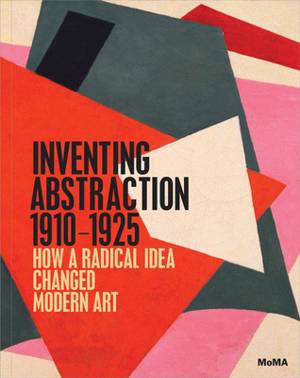
- Afhalen na 1 uur in een winkel met voorraad
- Gratis thuislevering in België vanaf € 30
- Ruim aanbod met 7 miljoen producten
- Afhalen na 1 uur in een winkel met voorraad
- Gratis thuislevering in België vanaf € 30
- Ruim aanbod met 7 miljoen producten
Zoeken
Prijzen
Omschrijving
In 1912, in several European cities, a handful of artists--Vasily Kandinsky, Frantisek Kupka, Francis Picabia and Robert Delaunay--presented the first abstract pictures to the public. Inventing Abstraction, published to accompany an exhibition at The Museum of Modern Art, celebrates the centennial of this bold new type of artwork. It traces the development of abstraction as it moved through a network of modern artists, from Marsden Hartley and Marcel Duchamp to Piet Mondrian and Kazimir Malevich, sweeping across nations and across media. This richly illustrated publication covers a wide range of artistic production--including paintings, drawings, books, sculptures, film, photography, sound poetry, atonal music and non-narrative dance--to draw a cross-media portrait of these watershed years. An introductory essay by Leah Dickerman, Curator in the Museum's Department of Painting and Sculpture, is followed by focused studies of key groups of works, events and critical issues in abstraction's early history by renowned scholars from a variety of fields.
Specificaties
Betrokkenen
- Auteur(s):
- Uitgeverij:
Inhoud
- Aantal bladzijden:
- 376
- Taal:
- Engels
Eigenschappen
- Productcode (EAN):
- 9780870708282
- Verschijningsdatum:
- 31/01/2013
- Uitvoering:
- Hardcover
- Formaat:
- Genaaid
- Afmetingen:
- 248 mm x 311 mm
- Gewicht:
- 2476 g

Alleen bij Standaard Boekhandel
+ 208 punten op je klantenkaart van Standaard Boekhandel
Beoordelingen
We publiceren alleen reviews die voldoen aan de voorwaarden voor reviews. Bekijk onze voorwaarden voor reviews.













